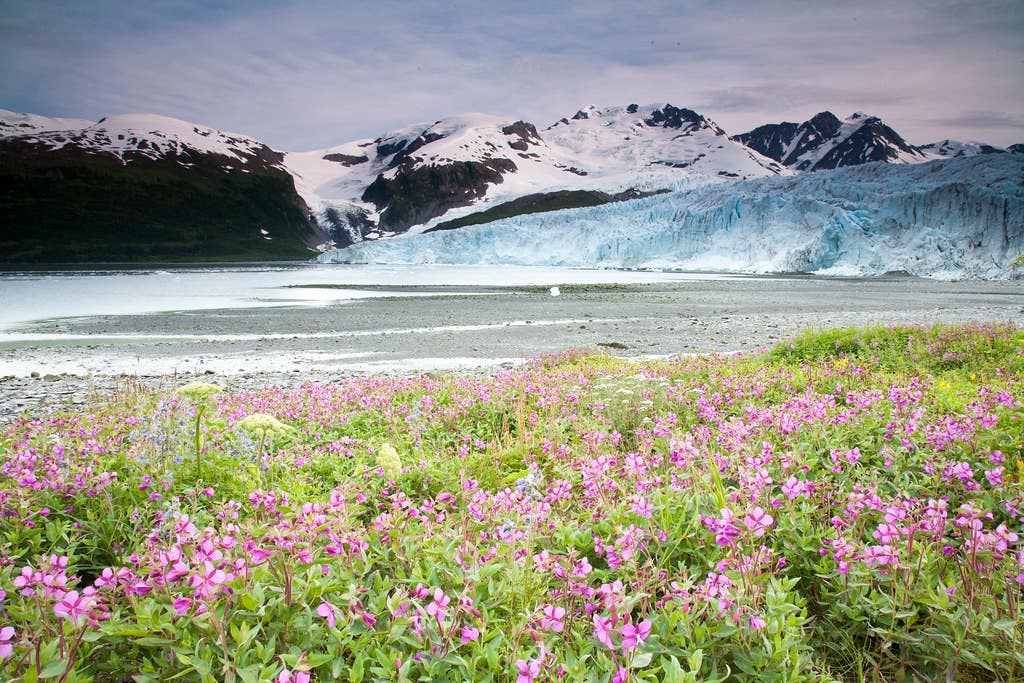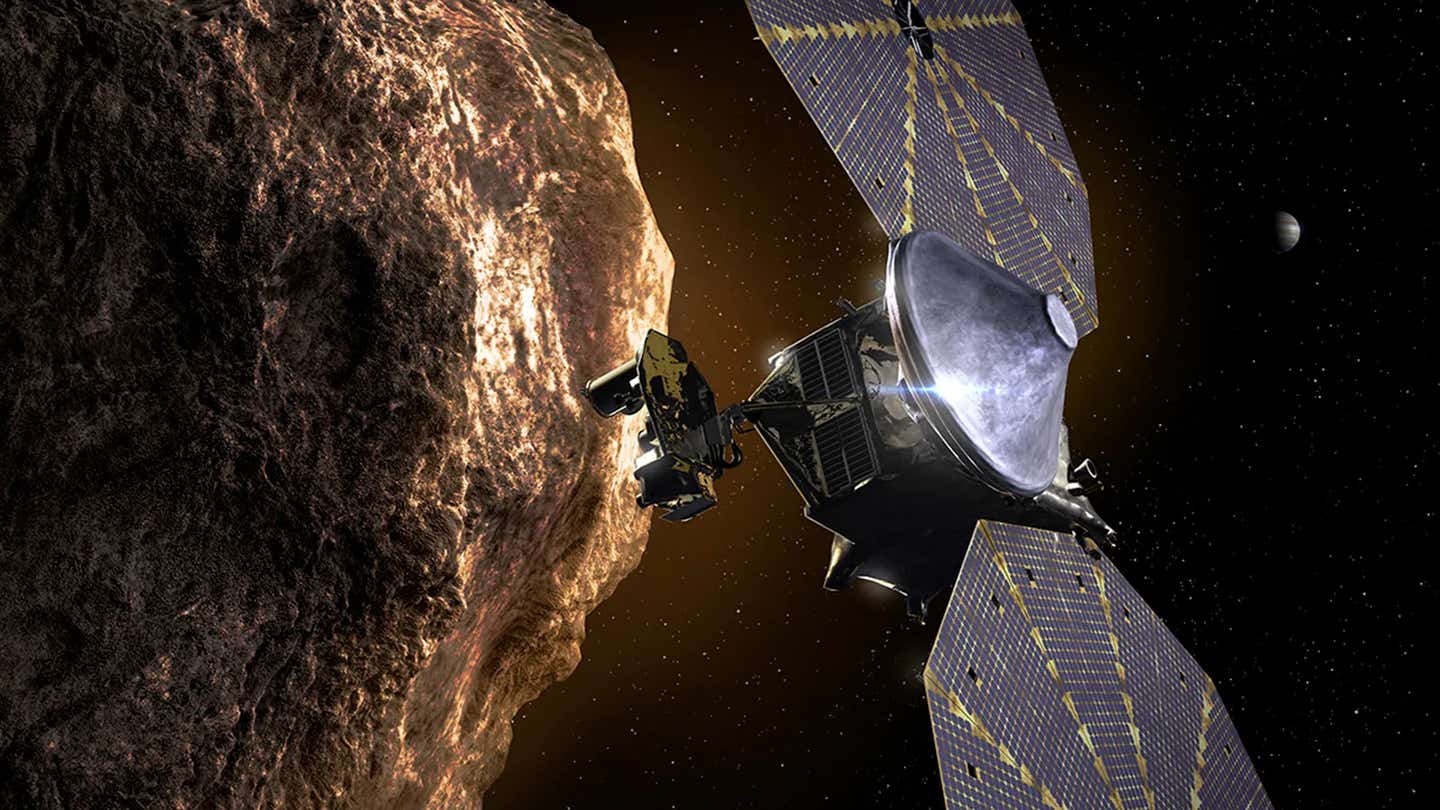Ice age plants reveal clues about climate change and mass extinctions
Scientists use ancient DNA to track plant extinctions linked to climate change, revealing insights into past and future biodiversity loss.

Using ancient DNA, scientists uncover biodiversity shifts from the last ice age, offering warnings for today. (CREDIT: CC BY-SA 4.0)
Climate change and habitat destruction are driving species to extinction at an alarming rate. The impact extends across all taxonomic groups, affecting mammals, birds, and plants alike.
Over the past 500 years, extinction rates have surged far beyond natural levels, with estimates ranging between 150 and 260 extinctions per million species years (E/MSY). This stark contrast to the background extinction rate of 0.1–1 E/MSY signals a crisis.
While mammals have historically faced the greatest extinction pressure, plant species are also vanishing at unprecedented rates. Nearly 20% of plant species are now classified as threatened by the International Union for Conservation of Nature (IUCN). Extinction rates for plants range from 18 to 26 E/MSY, surpassing 500 times the natural rate. Yet, uncertainty remains high, as many plant species may persist unnoticed in dormant seed banks.
Regions with high biodiversity suffer the most extinctions. While plant extinctions are rare in boreal and arctic regions, those areas serve as a crucial testbed for studying species loss under natural climate fluctuations.
The transition from the last glacial period to the Holocene, approximately 19,000 to 9,000 years ago, saw widespread megafauna extinctions. During this time, the mammoth steppe ecosystem, a vast mosaic of woodlands and grasslands, disappeared.
Despite large herbivores' crucial role in shaping ecosystems, only a single known plant species—a type of spruce—went extinct in North America during this transition. This raises questions about whether scientists have underestimated plant resilience or overlooked past extinctions due to methodological limitations.
How Plants Respond to Environmental Change
Understanding which traits make plants vulnerable to extinction is complex. Some species at the edges of their native ranges or those highly specialized to particular habitats face greater extinction risks. However, rarity does not always correlate with vulnerability, as new species sometimes emerge even as others disappear.
Related Stories
Plant size and seed production significantly influence survival, but no clear evolutionary pattern has been linked to extinction. Unlike mammals, where fossilized remains provide detailed records, plant extinction studies rely heavily on pollen analysis, which lacks species-level detail. Plant taxonomy depends on floral structures that rarely fossilize, making it difficult to reconstruct past extinctions accurately.
To track plant extinctions over time, researchers must analyze species occurrences across different regions. However, long-term, multi-site datasets at a high taxonomic resolution are currently lacking.
Pollen records often identify plants only to the family or genus level. Macrofossils, while more precise, are rare due to degradation. New genetic techniques, such as sedimentary ancient DNA (sedaDNA) analysis, offer a promising solution.
Using DNA from ancient sediments, scientists can reconstruct plant community changes over thousands of years. This approach has revealed significant biodiversity shifts in response to climate change. However, limitations persist. Genetic databases primarily contain sequences from existing species, making it difficult to identify extinct plants. Current methods also tend to filter out unclassified DNA fragments, reducing the chances of detecting lost species.
Lessons from the End of the Last Ice Age
Research from the Alfred Wegener Institute (AWI) offers critical insights into how climate-driven plant extinctions unfold. By analyzing ancient plant DNA preserved in lake sediments from Alaska and Siberia, scientists reconstructed vegetation changes from 15,000 to 11,000 years ago. This period, which marked the end of the last ice age, saw significant biodiversity shifts similar to those expected in the coming decades.
"Everyone knows that the woolly mammoth went extinct, but virtually no one mentions the plants that were lost at the end of the last ice age," says Ulrike Herzschuh, a lead researcher at AWI. "Until recently, we lacked suitable methods for investigating the extinction of plant species in detail."
By sequencing DNA fragments from lake sediments, researchers determined when and where plant species appeared and disappeared. Their findings revealed a crucial link between climate and plant interactions.
During cold periods, plants tended to support one another, creating microhabitats that helped species survive. However, as temperatures rose, competition intensified, and plant diversity declined.
Cushion plants, for example, played a key role in supporting other species by providing shelter in harsh climates. But in today's Arctic, their supportive role may accelerate their own extinction. As warming progresses, woody plants spread into tundra regions, outcompeting cushion plants and leading to biodiversity loss.
Predicting Future Plant Extinctions
The extinction patterns observed at the end of the last ice age offer clues about which species are most vulnerable today. Grass and shrub species face higher extinction risks than trees, which can migrate more easily as temperatures rise. Regions with high biodiversity are particularly at risk, as species adapted to specific niches struggle to compete in a rapidly changing environment.
One surprising finding is that extinction rates peaked at the beginning of the current warm period, sometimes with a delay of thousands of years after the initial climate shift. This suggests that the full impact of today's human activities may not become evident for centuries.
The study's findings, published in the journal Nature Communications, are particularly relevant for the Arctic, where rapid warming is already transforming ecosystems. "Our studies show how important it is to understand biodiversity and ecological interactions, also in the long term, in order to better predict the impacts of climate change," Herzschuh explains.
By analyzing ancient DNA, researchers are building a clearer picture of how past environmental changes shaped biodiversity. This knowledge can serve as a benchmark for assessing the ongoing ecological shifts driven by human activity. As scientists continue to refine genetic analysis methods, they may uncover more extinct plant species and refine predictions about the future of global biodiversity.
The accelerating loss of plant species today mirrors the extinctions of the past. While researchers are uncovering new ways to track these changes, urgent action is needed to protect vulnerable ecosystems.
Without intervention, the long-term effects of climate change on plant biodiversity may only become fully apparent long after irreversible damage has been done.
Note: Materials provided above by The Brighter Side of News. Content may be edited for style and length.
Like these kind of feel good stories? Get The Brighter Side of News' newsletter.
Joshua Shavit
Science & Technology Writer | AI and Robotics Reporter
Joshua Shavit is a Los Angeles-based science and technology writer with a passion for exploring the breakthroughs shaping the future. As a contributor to The Brighter Side of News, he focuses on positive and transformative advancements in AI, technology, physics, engineering, robotics and space science. Joshua is currently working towards a Bachelor of Science in Business Administration at the University of California, Berkeley. He combines his academic background with a talent for storytelling, making complex scientific discoveries engaging and accessible. His work highlights the innovators behind the ideas, bringing readers closer to the people driving progress.



